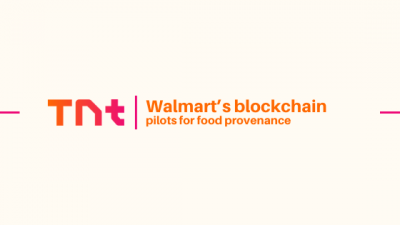Most people have some sort of financial goal, whether they’re saving for a home or just trying to stay on budget. An important part of achieving those goals is opening a bank account that best supports those efforts. Choosing the right account can make all the difference in turning financial intentions into tangible results.
Types of bank accounts
Choosing the right bank account starts with knowing the different types of accounts available. The two most common account types are checking and savings, and banks may offer multiple varieties of each account type. The way each account works may vary, but their ultimate purpose generally remains consistent.
Matching bank accounts to financial goals
The next step in choosing a bank account is understanding how each type works. Two of the most important factors include ease of access to the funds and the amount of interest the account pays. These factors can help consumers determine how an account might align with their savings goals.
Checking accounts for everyday expenses and paying bills
Checking accounts make it easy for consumers to access their funds. Depending on the bank, making a withdrawal can be as simple as writing a check, using your debit card at a nearby ATM, or sending money through a peer-to-peer payment app like Zelle or Venmo.
Even better? Many banks let consumers set up automatic payments from their checking accounts for the expenses they pay on a regular basis (such as utilities, rent, or insurance). This makes it easy to stay on top of bills every month, especially for people who sign up to have their paychecks deposited directly into their checking accounts. Types of checking accounts may include:
- Free checking accounts. Banks define “free” in various ways, but generally, free checking accounts don’t charge fees for transactions or monthly maintenance.
- Interest-bearing accounts. These accounts typically pay less interest than traditional savings accounts and may have additional requirements, such as a minimum number of monthly transactions or direct deposit amount.
- Premium accounts. Premium accounts typically require a high minimum balance and then offer perks, like free checks and safety deposit boxes.
- Joint checking account. A joint checking account needs at least two owners, both of whom can deposit and withdraw money or close the account without the other person’s consent.
A checking account is the go-to account for many consumers because it makes paying bills and handling daily expenses simple.
Savings accounts for low-risk growth
The main benefit of a savings account is that it usually earns interest. The amount of interest earned by a traditional savings account is typically low, but the return is consistent and safe. Many banks offer other types of savings accounts with higher interest rates, such as:
- High-yield savings accounts (HYSAs). HYSAs work like traditional savings accounts but pay higher interest rates. However, those rates may fluctuate, and some banks limit the number of monthly transactions allowed.
- Certificates of deposit (CDs). CDs offer a higher interest rate that’s locked in for a specified period, usually anywhere from a month to 10 years or longer. Taking money out before the end date typically means paying a penalty.
- Money market accounts. Most money market accounts also enjoy higher interest rates, plus they can allow consumers to make transactions using checks, debit cards, and electronic transfers. Banks sometimes cap the number of these transfers allowed per statement period.
Each of these accounts may be the right choice for consumers who want to save and have different short- or long-term goals for those savings.
Maximizing financial goals with the right bank account
Aligning the right bank account with individual circumstances can be key in achieving short- and long-term financial goals. A prospective homeowner might choose a 6-month CD to build up enough savings for a down payment, while someone looking to build an emergency fund may want an HYSA to ensure quick access to the funds. Newlyweds might choose a joint account, but a recent college graduate may want to avoid maintenance fees with a free checking account.
Ultimately, the right bank account needs to support each individual’s financial journey. Choosing wisely can make all the difference.
Sources
https://www.businessinsider.com/personal-finance/banking/average-savings-account-interest-rate
Contact Information:
Name: Sonakshi Murze
Email: [email protected]
Job Title: Manager
Information contained on this page is provided by an independent third-party content provider. Binary News Network and this Site make no warranties or representations in connection therewith. If you are affiliated with this page and would like it removed please contact [email protected]



Comments